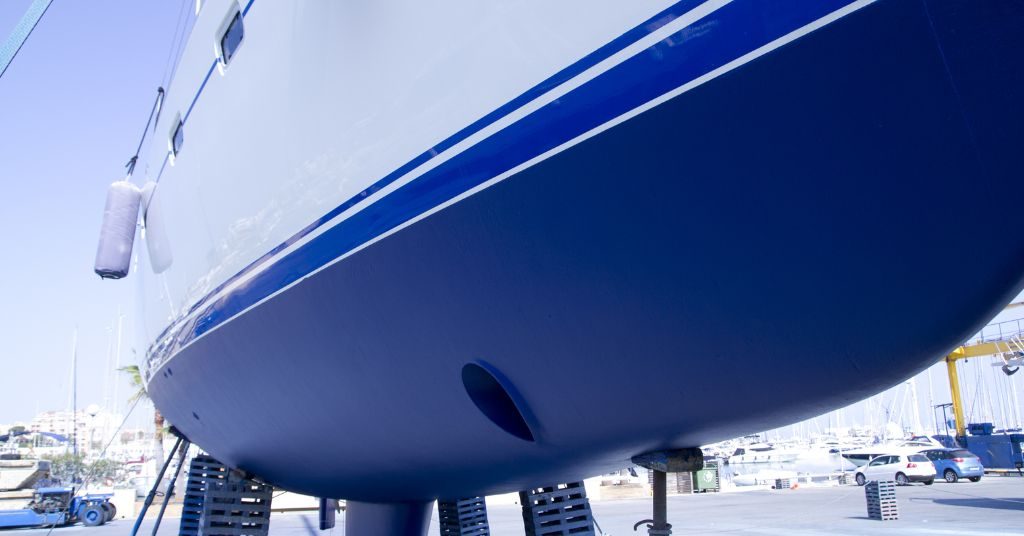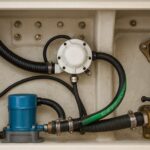The bottom paint on a yacht plays a crucial role in its overall performance and durability. Often unseen but vital, this protective layer shields the hull from marine growth, corrosion, and other damaging elements present in the water. Understanding the significance of bottom paints and their maintenance is key to preserving the integrity and efficiency of your vessel.
What is Yacht Bottom Paint?
Yacht bottom paint, also known as antifouling paint, is specially formulated to inhibit the growth of marine organisms such as barnacles, algae, and mollusks on a boat’s hull. It typically consists of biocides that deter the attachment of these organisms, preventing them from impeding the vessel’s speed, fuel efficiency, and maneuverability. The choice of bottom paint largely depends on the type of hull material, cruising speed, and the specific water environment the yacht operates in.
Types of Bottom Paint
Hard Bottom Paints: These durable coatings, often containing copper or other biocides, provide long-lasting protection. Suitable for faster boats, they create a smooth surface that discourages fouling.
Soft or Ablative Bottom Paints: Ablative paints wear away over time, releasing a fresh layer of biocide as they erode. They are ideal for slower-moving vessels and areas with moderate fouling.
Importance of Maintenance
Regular maintenance of bottom paint is crucial for preserving its effectiveness and the overall condition of the hull. Here’s why:
Inspections: Routine checks help detect paint wear, damage, or areas that need touch-ups. Addressing these issues promptly prevents fouling and protects the hull from corrosion.
Cleaning: Periodic cleaning removes accumulated marine growth and contaminants, keeps the paint in good condition, and prevents excessive build-up that can affect vessel performance.
Repainting: As the paint wears over time, reapplication becomes necessary. The frequency of repainting depends on factors such as the type of paint, usage, and environmental conditions.
Best Practices for Yacht Bottom Maintenance
Regular Inspections: Schedule frequent hull inspections to identify any signs of paint damage, cracks, or wear. Early detection allows for timely repairs or repainting.
Proper Cleaning: Employ suitable methods to clean the hull, avoiding harsh abrasives that could damage the paint. Regularly removing accumulated growth helps preserve the paint’s effectiveness.
Professional Assistance: Consult Yacht Management Professionals for expert advice on the best bottom paint options and maintenance practices tailored to your yacht’s specific needs.
Understanding the intricacies of bottom paint and yacht bottom maintenance & adhering to a comprehensive maintenance regimen is instrumental in prolonging the lifespan of your yacht’s hull, ensuring peak performance, and preserving its value. Regular care and attention to bottom paint maintenance contribute significantly to your vessel’s efficiency and longevity on the water.







